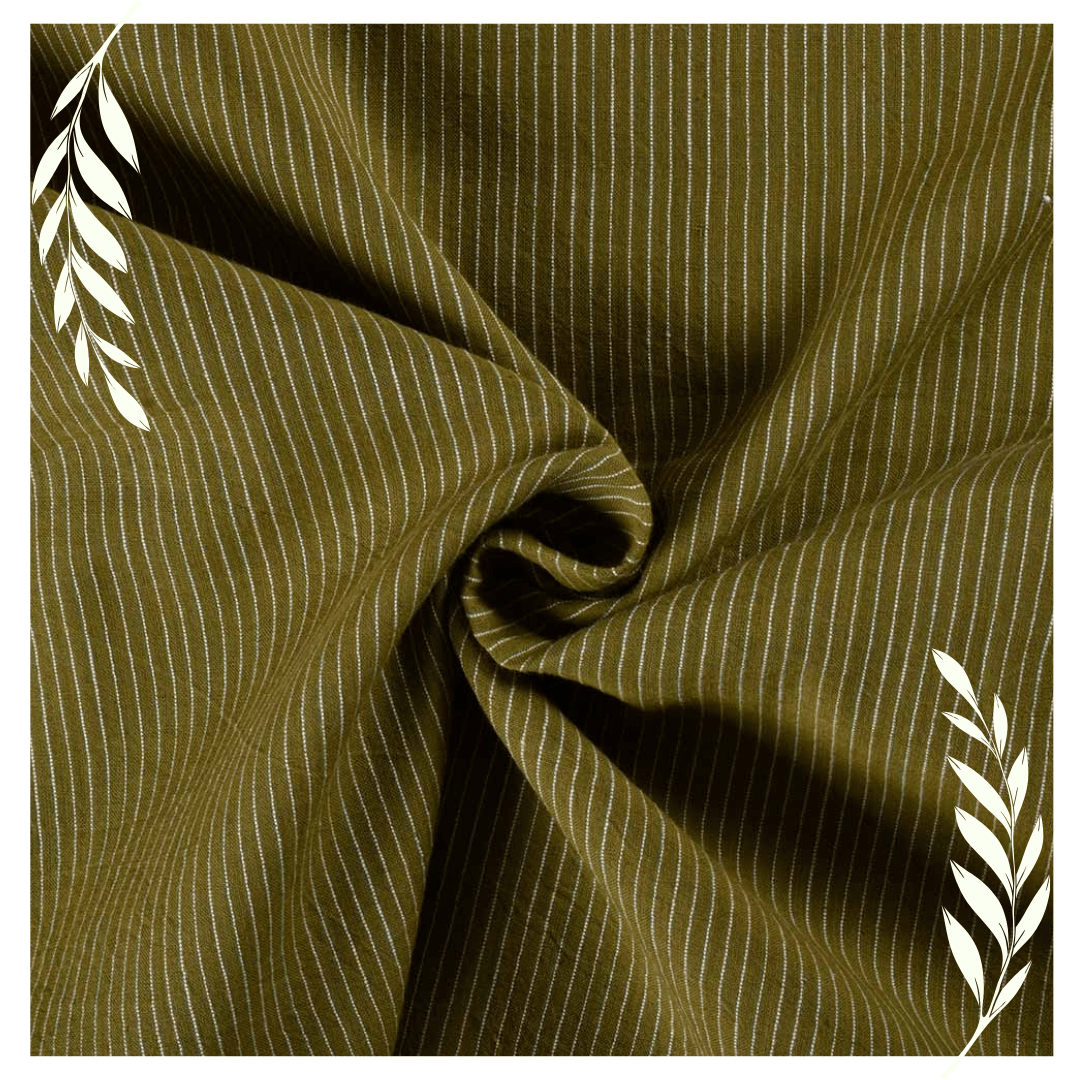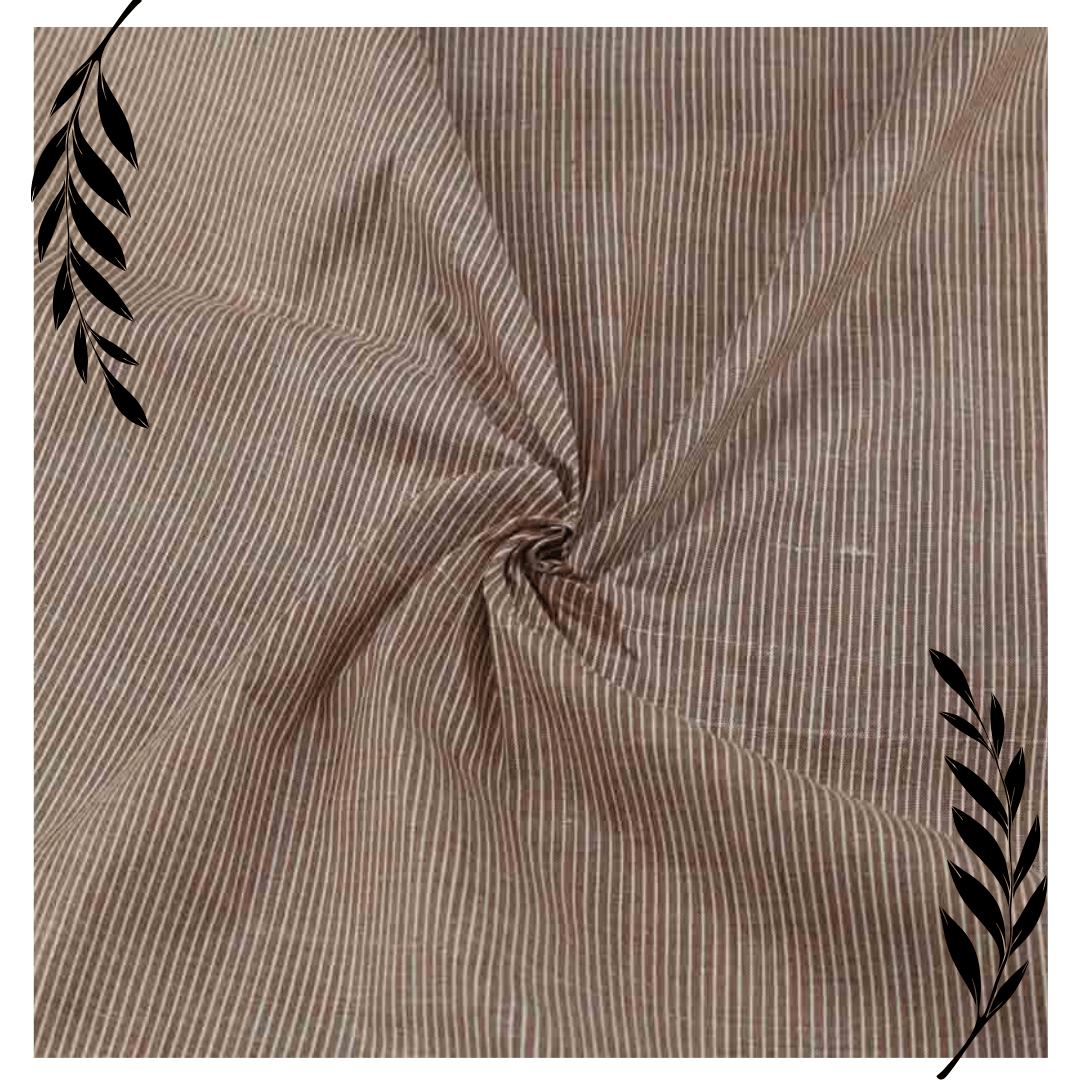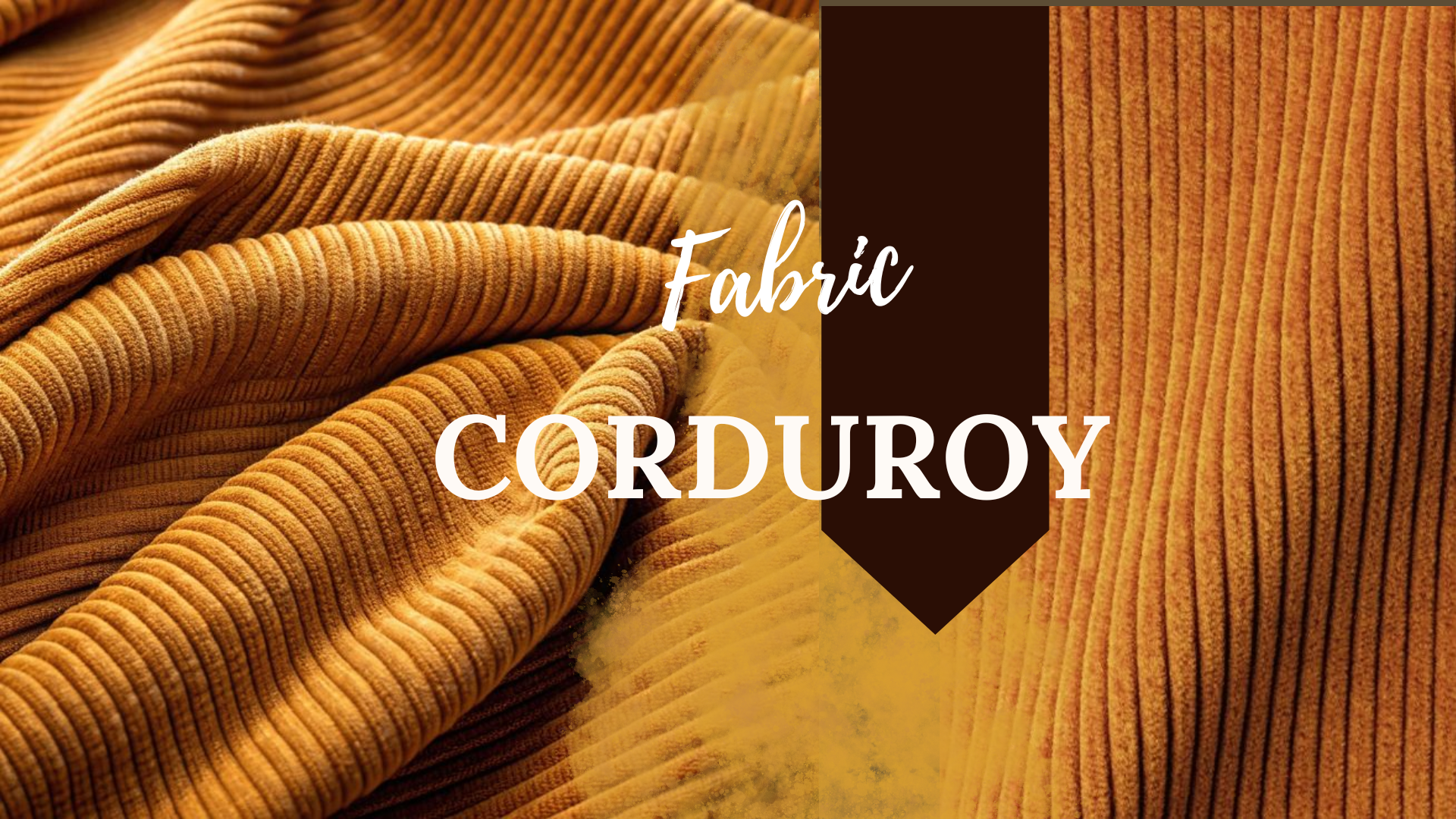
Corduroy Fabric : The Classic Fabric with a Contemporary Twist

Corduroy fabric, that tactile textile, a symphony of ribs and resilience, occupies a unique and often underappreciated space in the pantheon of fabrics. It's a material that whispers of autumnal walks, scholarly pursuits, and an effortless, lived-in elegance.
Let's explore its origins, weave, diverse applications as Corduroy stands out as a fabric that has evolved from a historical workwear textile to a contemporary fashion staple.
What is Corduroy fabric?
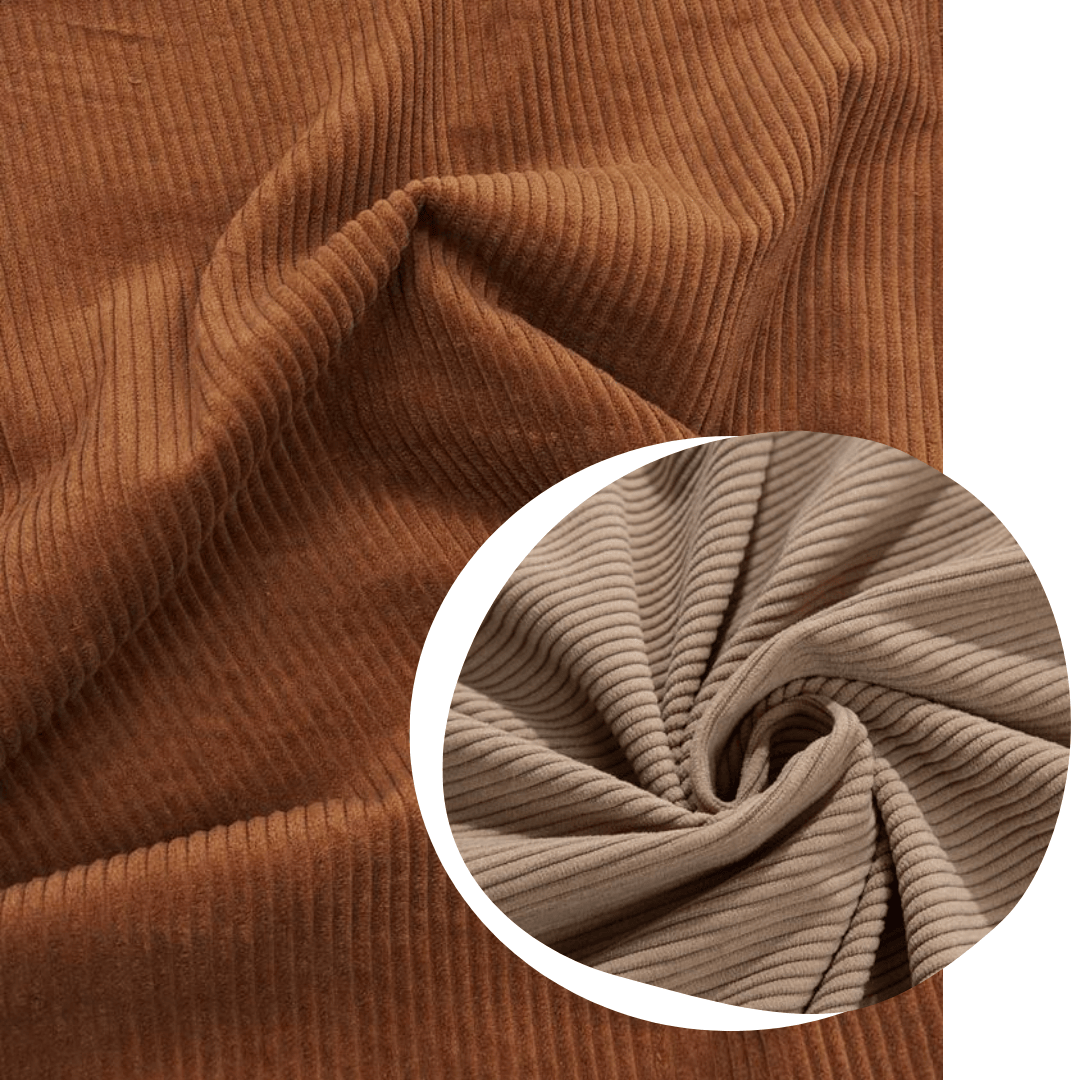
Through the skilled manipulation of cotton yarns, either woven or knitted, the distinctive ribbed texture of corduroy is born, a fabric defined by its raised, cord-like wales.
This singular textile, with its tangible ridges, offers a unique tactile experience. Today's corduroy, often crafted with a refined, high-wale count, presents a resilient, insulating, and supple cloth, perfectly suited for elegant attire.
Its enduring popularity in the creation of trousers, jackets, and skirts speaks to its versatility, while its extensive palette of colours and patterns allows for a breadth of design expression.
The Origin and Evolution of Corduroy Fabric
Corduroy has a fascinating history that dates back centuries. Corduroy gets its name from the English words cord and Duroy which connect to a coarse wool fabric from the 18th century, instead of the French phrase "corde du roi" (cord of the king).
Originating from Egyptian cotton weaves known as "fustian" in the 3rd century, it gained popularity in 18th-century Europe, where it became synonymous with both noble and working-class attire.
Over time, corduroy became a preferred fabric for outdoor wear, utilitarian garments, and even academic fashion—earning the nickname "the professor’s fabric."
Today, corduroy is celebrated for its retro charm, durability, and adaptability, seamlessly transitioning between casual, luxury, and sustainable fashion.
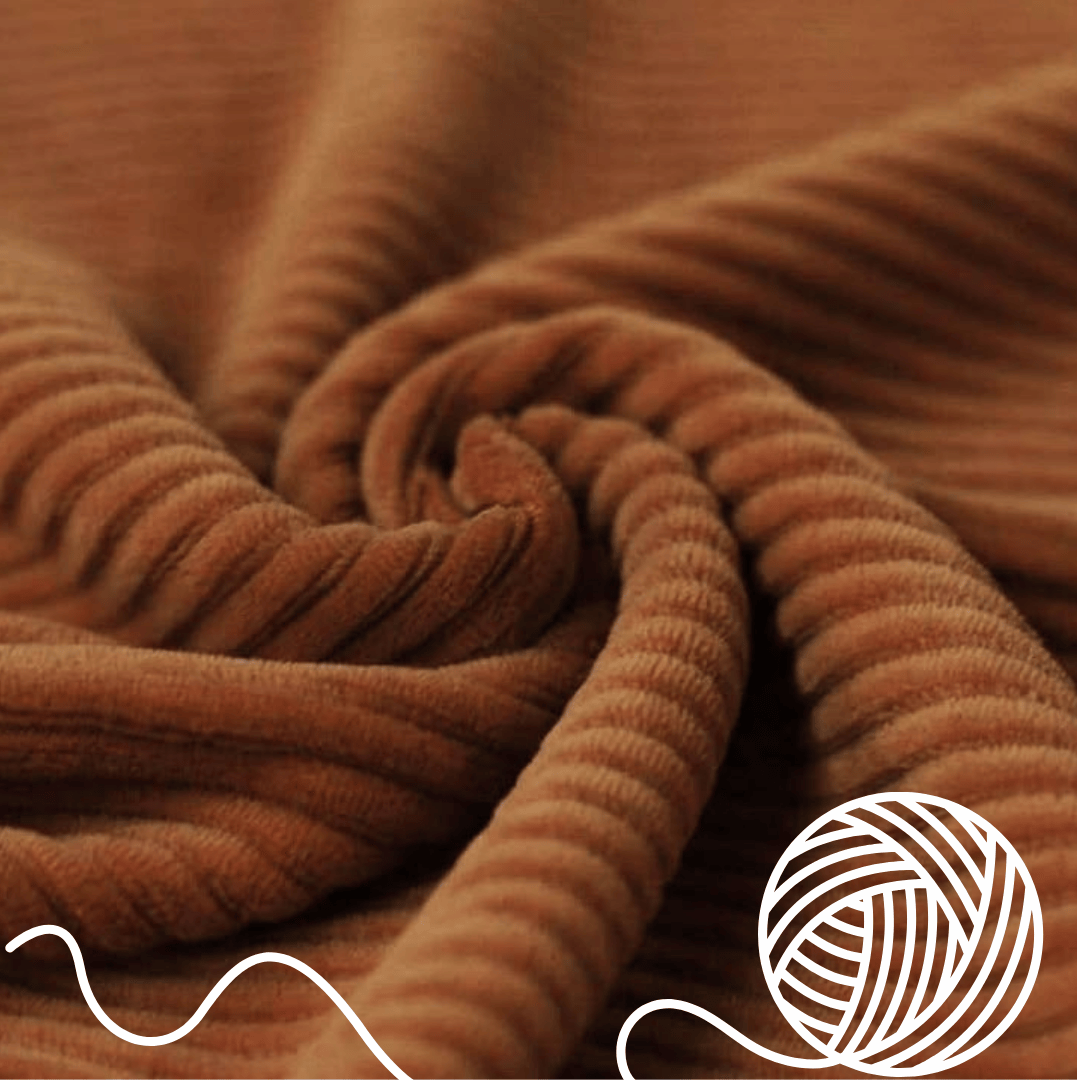
The Weave: A Technical Perspective of Corduroy Material
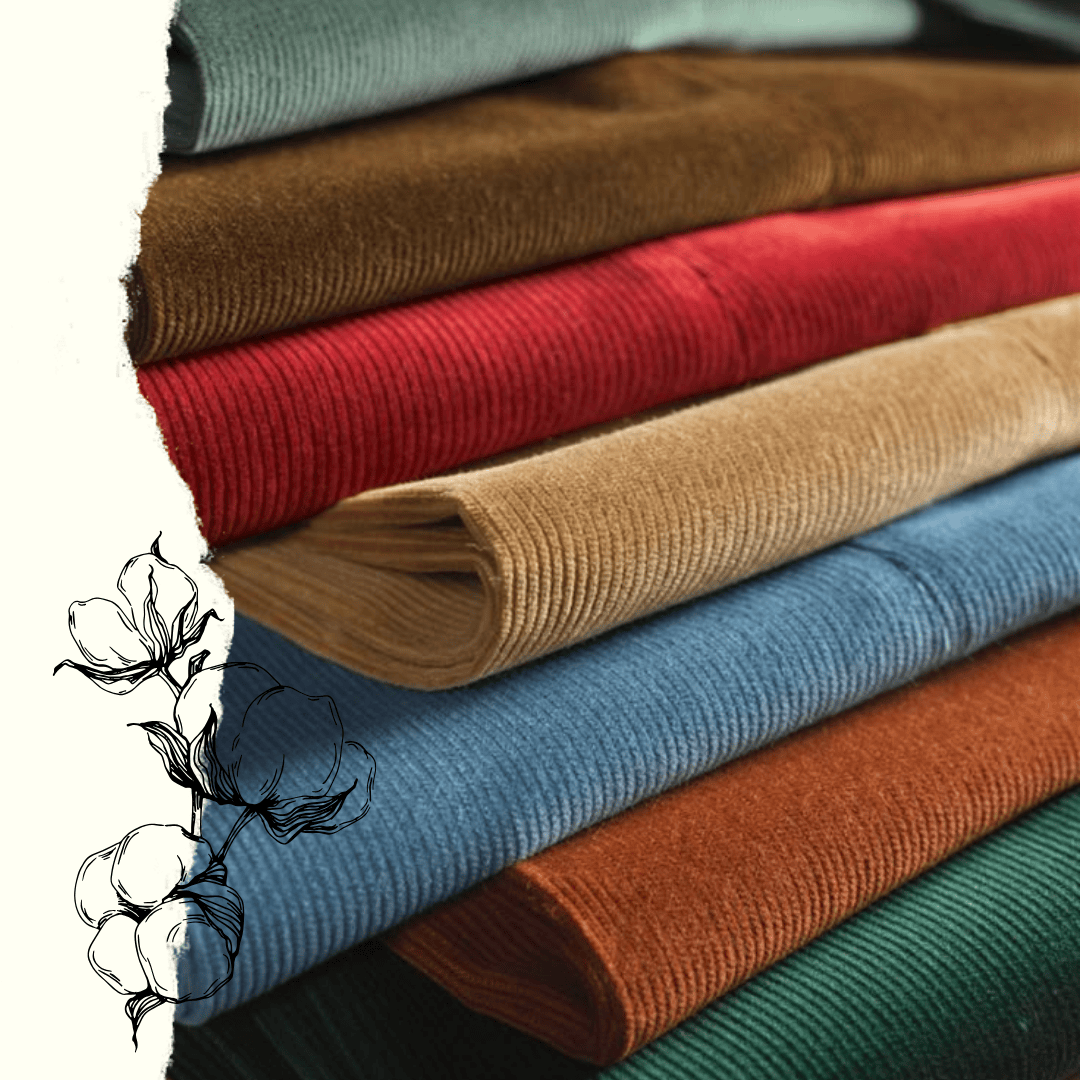
Corduroy is a woven fabric characterized by raised ribs, or wales, formed by extra weft yarns that create a pile surface. These yarns are woven into the base fabric in a way that forms floats, which are then cut to create the characteristic ridges.
Wale Count: The number of wales per inch determines the texture and weight of the corduroy.
- Wide-wale (or elephant cord): Fewer wales per inch (e.g., 4-8), resulting in a bolder, more pronounced texture. Often used for heavier garments like jackets and trousers.
- Mid-wale: A balanced texture, suitable for a wide range of applications.
- Pinwale (or baby cord): Numerous fine wales (e.g., 16+), creating a softer, velvety surface. Used for shirts, dresses, and lighter garments.
Construction: The base fabric is typically cotton or a cotton blend, but other fibers like wool or synthetic blends can also be used.
Elevate Your Wardrobe: The Benefits of Corduroy material Style
Corduroy's versatility has led to its use in a wide range of applications:
- Apparel: Trousers, jackets, shirts, dresses, skirts, and even suits. Its warmth and durability make it ideal for autumn and winter wear.
- Upholstery: Furniture coverings, cushions, and other home textiles. Its robust nature makes it suitable for high-traffic areas.
- Accessories: Bags, hats, and other accessories.
- Workwear: Historically, corduroy was used for durable work clothes due to its resilience.
Corduroy’s unique weave offer several benefits:
- Soft & Comfortable – The ridged texture feels plush against the skin, making it perfect for seasonal wear.
- Highly Durable – Its tight weave structure ensures longevity, resisting wear and tear over time.
- Versatile & Stylish – From classic jackets and trousers to chic dresses and accessories, corduroy adapts effortlessly to various designs.
- Breathable & Insulating – Natural-fiber corduroy allows air circulation while providing warmth in cooler months.
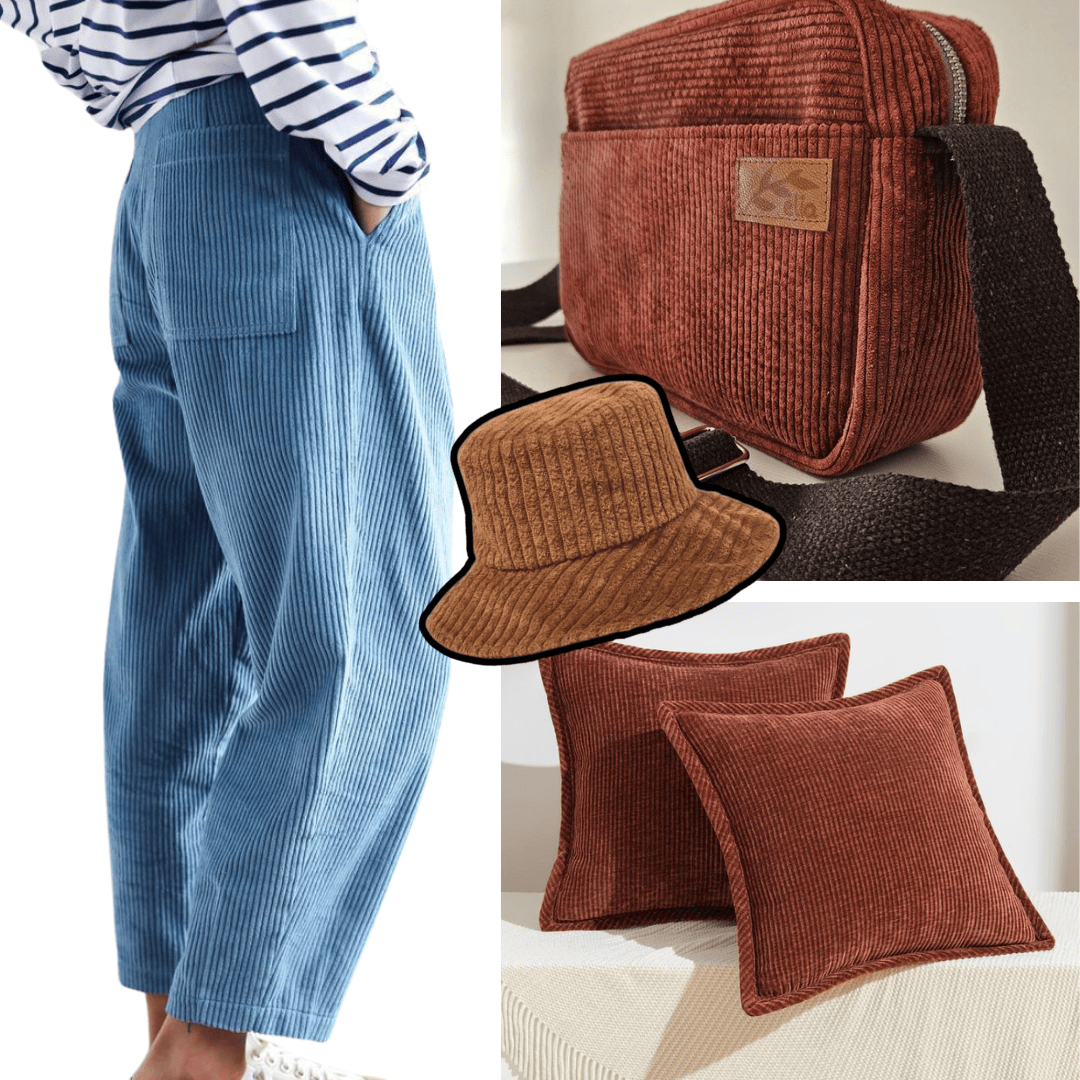
Is Corduroy Material Best for Autumn-Winter or Spring-Summer?
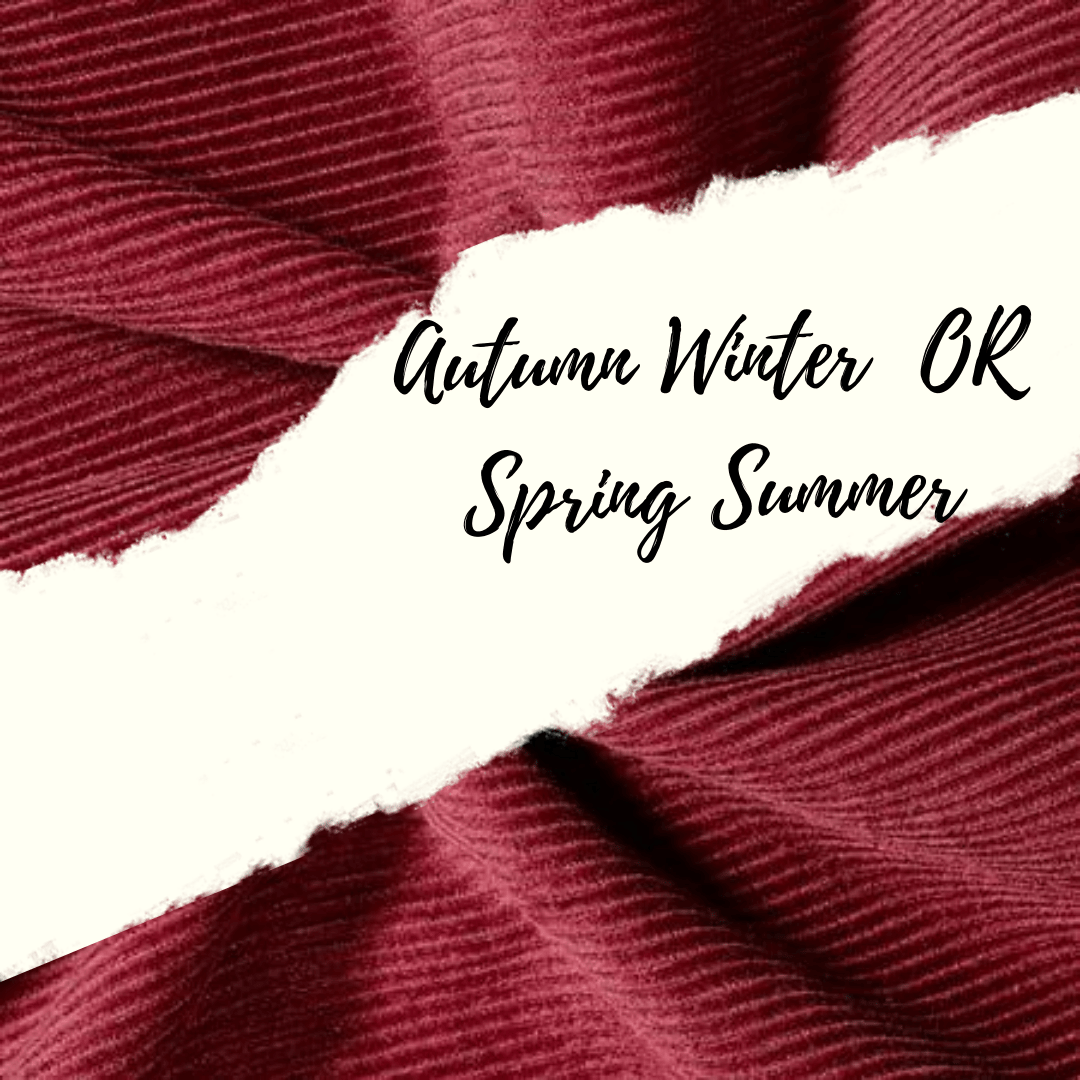
While corduroy is traditionally associated with cooler seasons, its versatility allows it to be worn year-round:
Autumn-Winter – Thicker, heavyweight corduroy (higher wale count) provides insulation, making it ideal for jackets, structured pants, and warm layering.
Spring-Summer – Lightweight, finely woven corduroy (lower wale count) in linen or cotton blends offers breathability for transitional fashion like dresses and breezy trousers.
Sensory Style: Unlocking Corduroy's Potential
- Casual Chic: Pair wide-wale corduroy trousers with a chunky knit sweater and boots for a relaxed yet stylish look.
- Smart Casual: Combine a pinwale corduroy shirt with tailored trousers and loafers for a polished ensemble.
- Layering: Corduroy jackets and blazers are excellent layering pieces for autumn and winter.
- Texture Play: Mix corduroy with other textures like denim, wool, or leather to create visual interest.
- Color Coordination: Opt for autumnal hues like rust, olive, and brown, or experiment with unexpected colors like pastels or jewel tones.
- Avoid overdoing it: one corduroy item in an outfit is often enough.
Corduroy, with its rich history and tactile appeal, remains a timeless fabric that offers both style and substance. By understanding its unique characteristics and styling it thoughtfully, you can unlock its full potential.
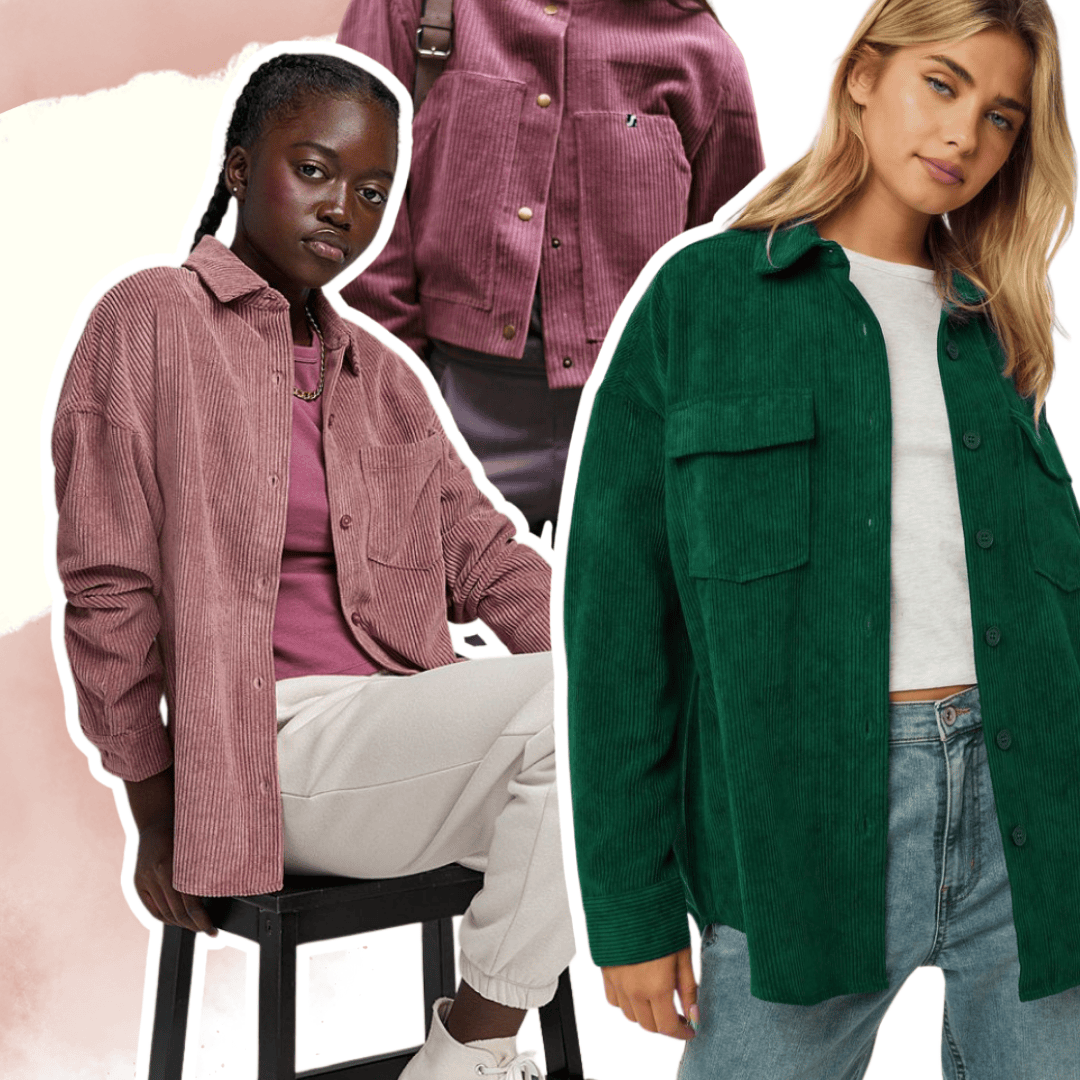
Caring Tips for Corduroy Material
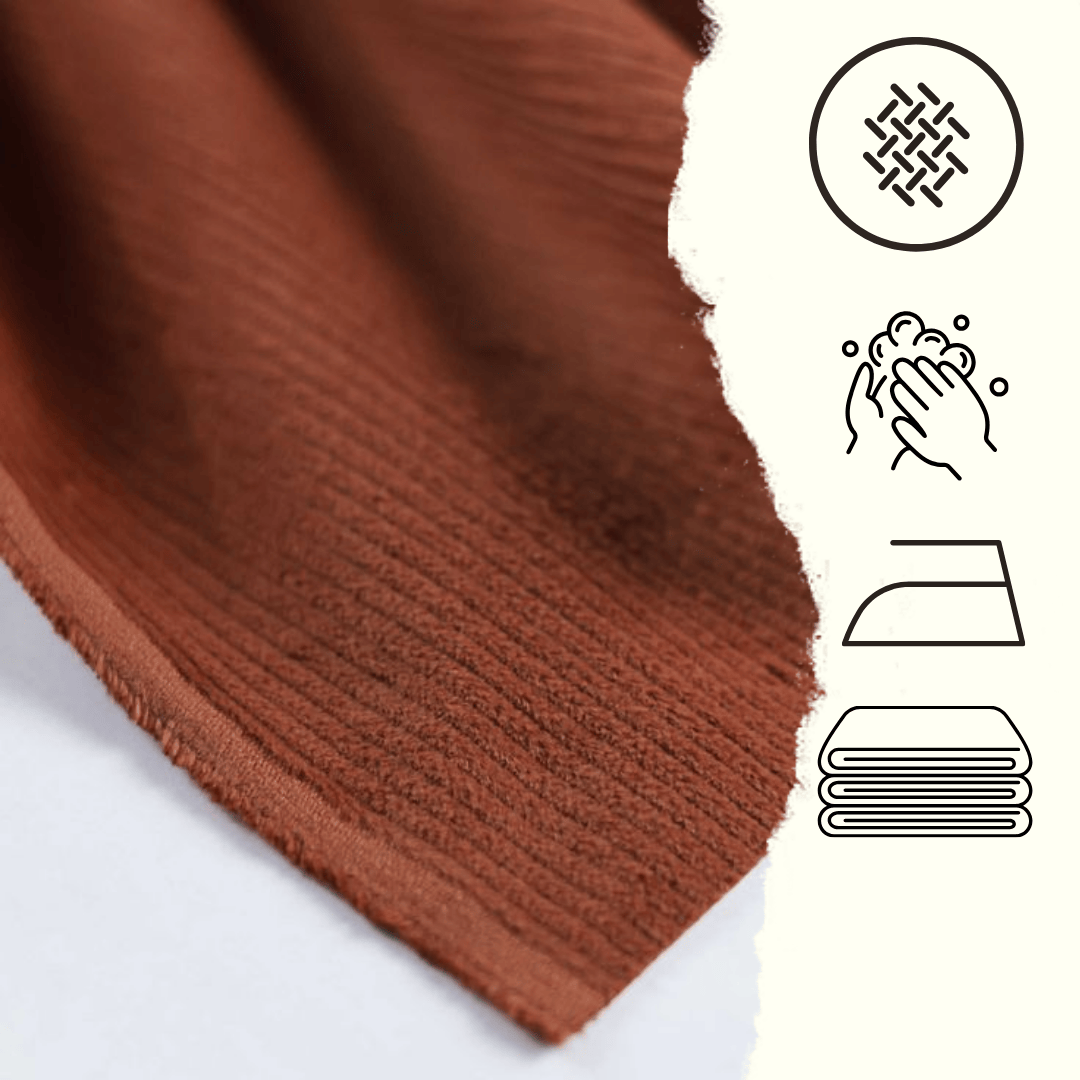
To maintain the beauty and durability of corduroy, follow these care tips:
- Washing – Use cold water and mild detergent; handwashing or a gentle machine cycle is best.
- Drying – Avoid high heat; instead, air-dry in shade to preserve the fabric’s texture.
- Ironing – Steam or lightly press on low heat, following the direction of the wales.
- Storage – Hang or fold carefully to prevent creasing.
Corduroy fabric is more than just a fabric—it is a statement of heritage, durability, and ethical fashion.
Discover Anuprerna's Breathable Ribbed Cotton: Specially crafted for Spring Summer
At Anuprerna, we've crafted a unique cotton ribbed fabric that captures the essence of the season – light, airy, and undeniably stylish, crafted by our artisans with time and devotion.
While corduroy reigns supreme in autumn and winter, its dense texture is simply too weighty for the blossoming days of spring and the sun-drenched moments of summer. That's why we've innovated: introducing our exclusive cotton ribbed fabric.
If you seek a fabric that drapes beautifully and feels light against the skin, handwoven cotton ribbed fabric is an excellent choice.
Instead of corduroy ribbed trousers, opt for handwoven cotton ribbed trousers with a relaxed or wide-leg cut. This provides comfort and breathability while maintaining a stylish look. Same goes handwoven cotton ribbed jackets offer a lighter alternative to corduroy jackets.
They can be worn as layering pieces in warmer weather or as standalone pieces in milder climates.
related questions
What is corduroy made of?
arrow_drop_downTraditionally, corduroy is made from cotton, but it can also be made from cotton blends, wool, or synthetic fibers.
What's the difference between wide-wale and pinwale corduroy?
arrow_drop_downWide-wale corduroy has fewer, thicker wales, creating a bolder texture. Pinwale (or baby cord) has many fine wales, resulting in a softer, velvety feel.
What’s the best wale count for different garments?
arrow_drop_downLower wale (wide ridges, 4-8 wales per inch) – Perfect for structured outerwear, pants, and home decor. Mid wale (10-14 wales per inch) – Versatile for shirts, dresses, and transitional fashion. Higher wale (16+ wales per inch) – Ideal for lightweight, breathable clothing, soft blouses, and accessories.
How do I wash corduroy?
arrow_drop_downIt's best to wash corduroy inside out in cool water on a gentle cycle. Avoid harsh detergents and bleach.
More Blogs
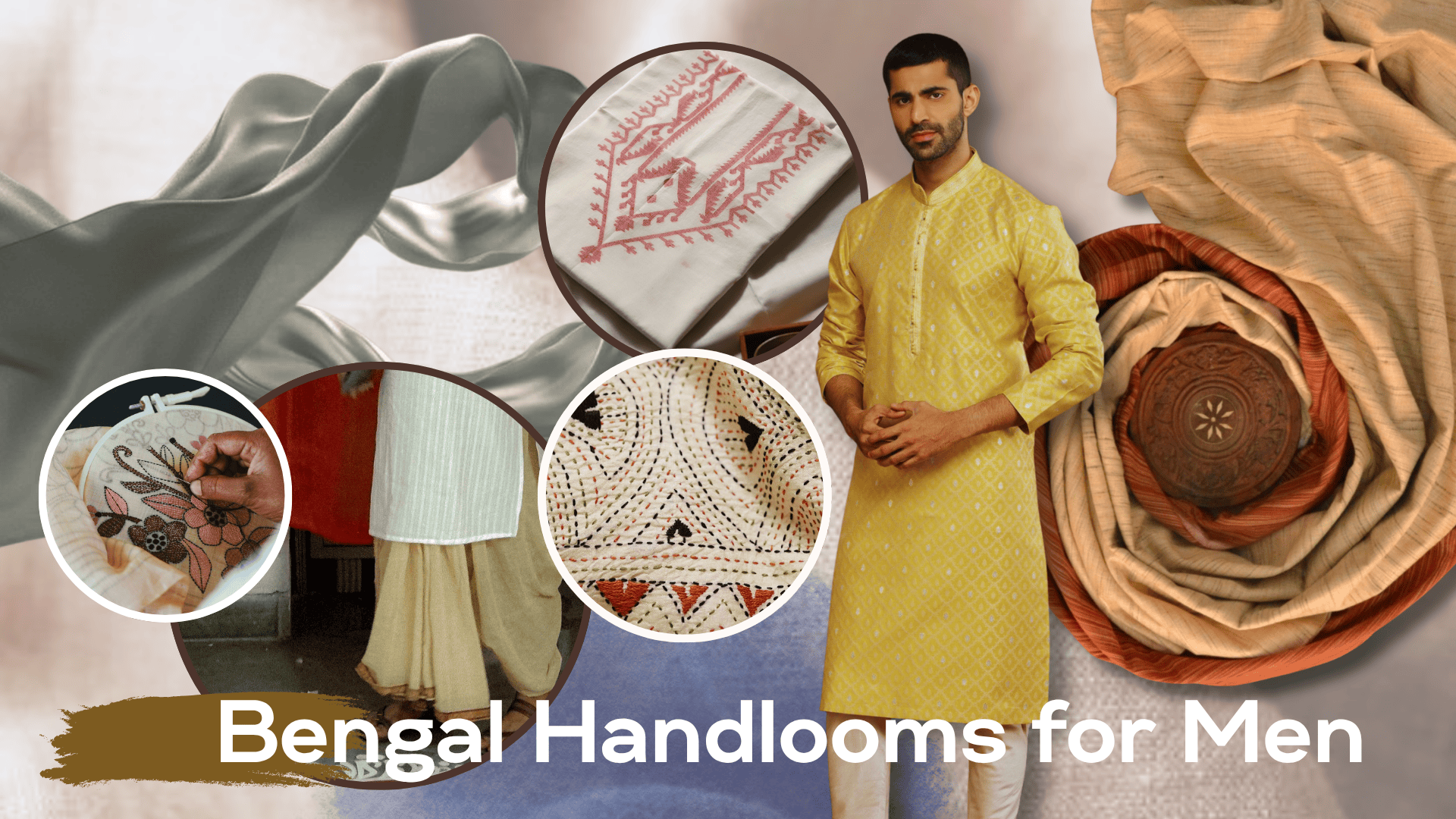
bengal looms for men: beyond the kurta
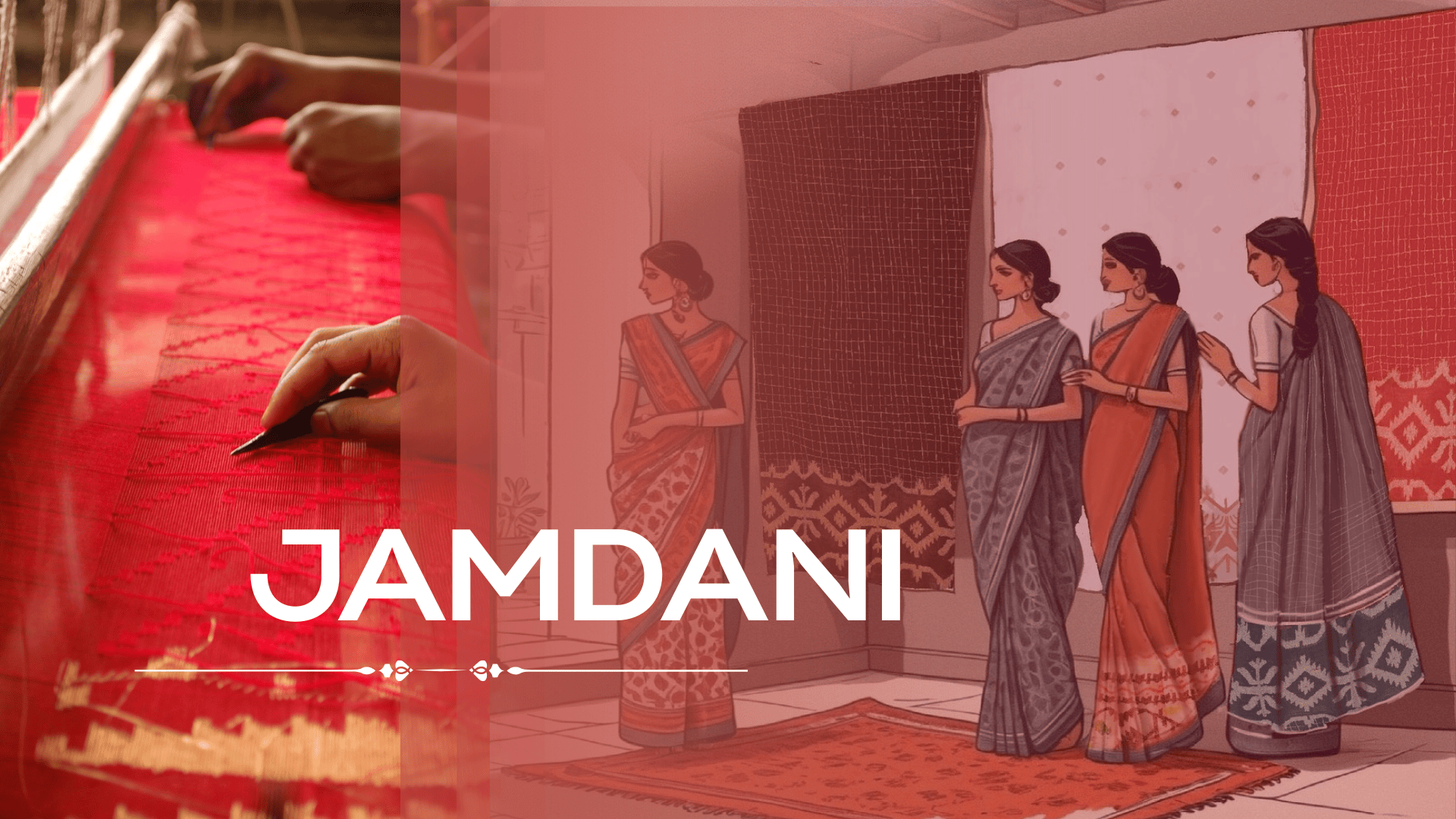
jamdani magic: why this weave is unesco-recognized as cultural heritage
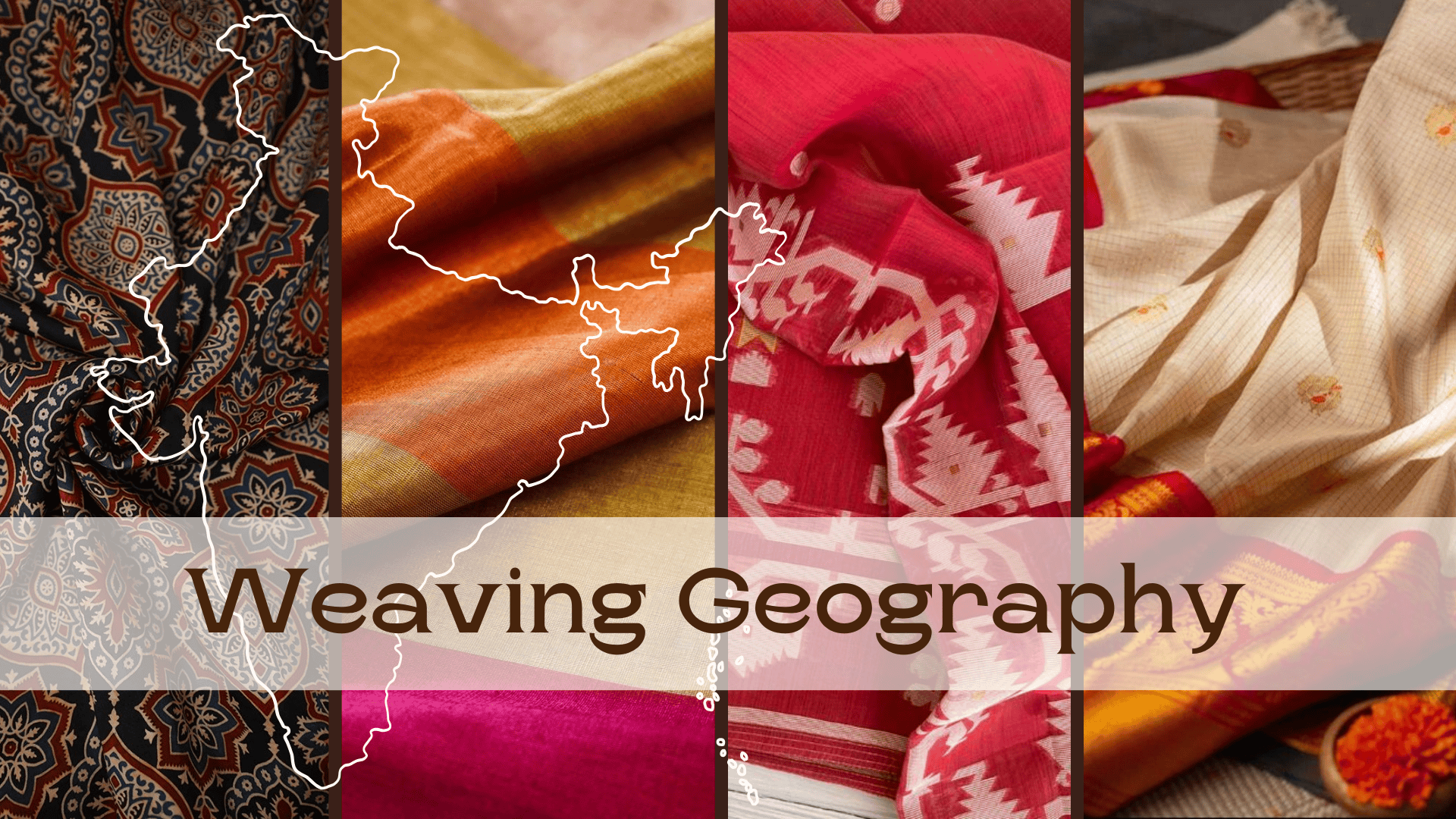
weaving geography: which district is known for which handloom fabrics
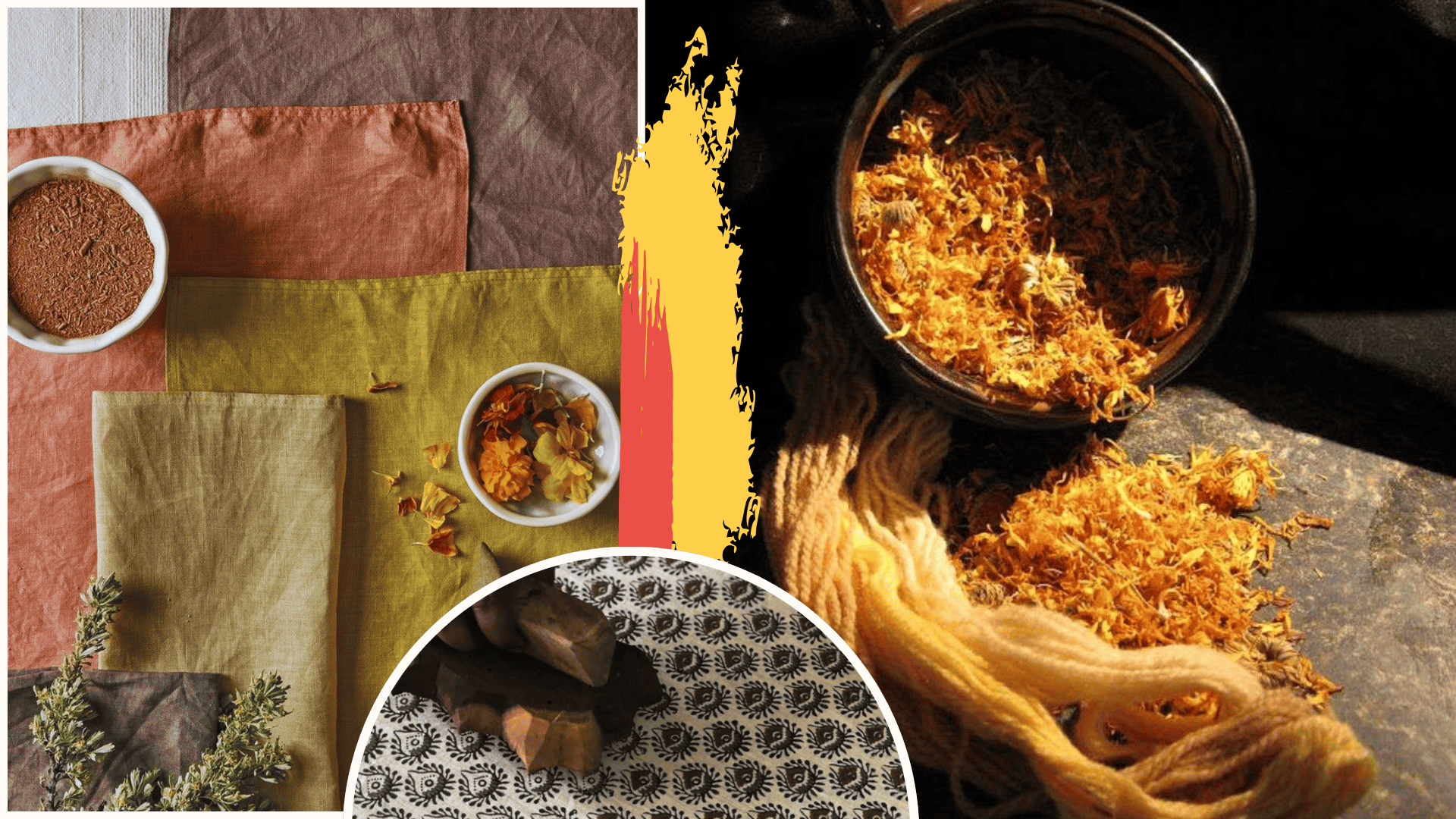
the ultimate guide to naturally dyed and block printing textiles
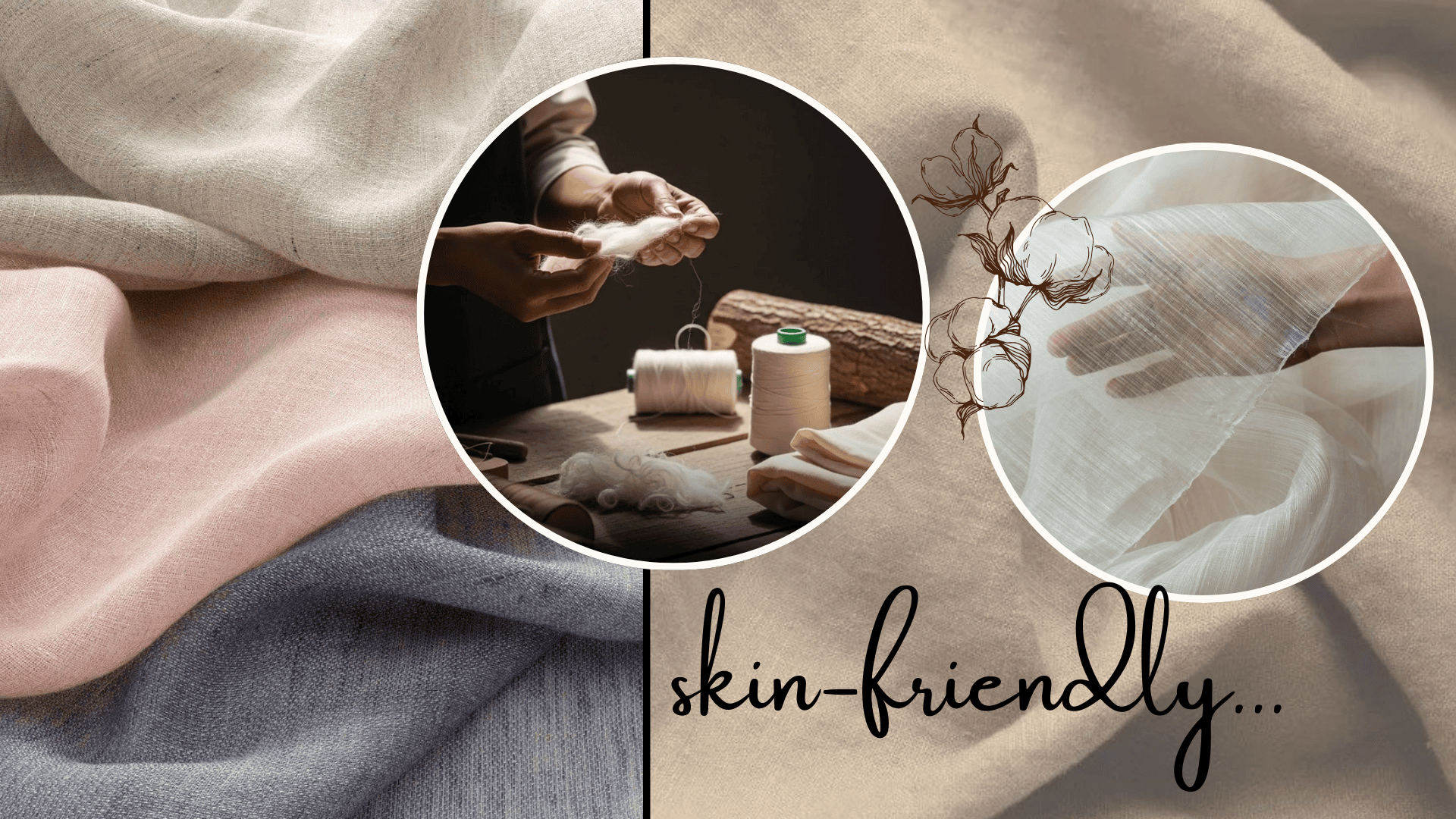
why skin-friendly textiles are the next luxury in fashion
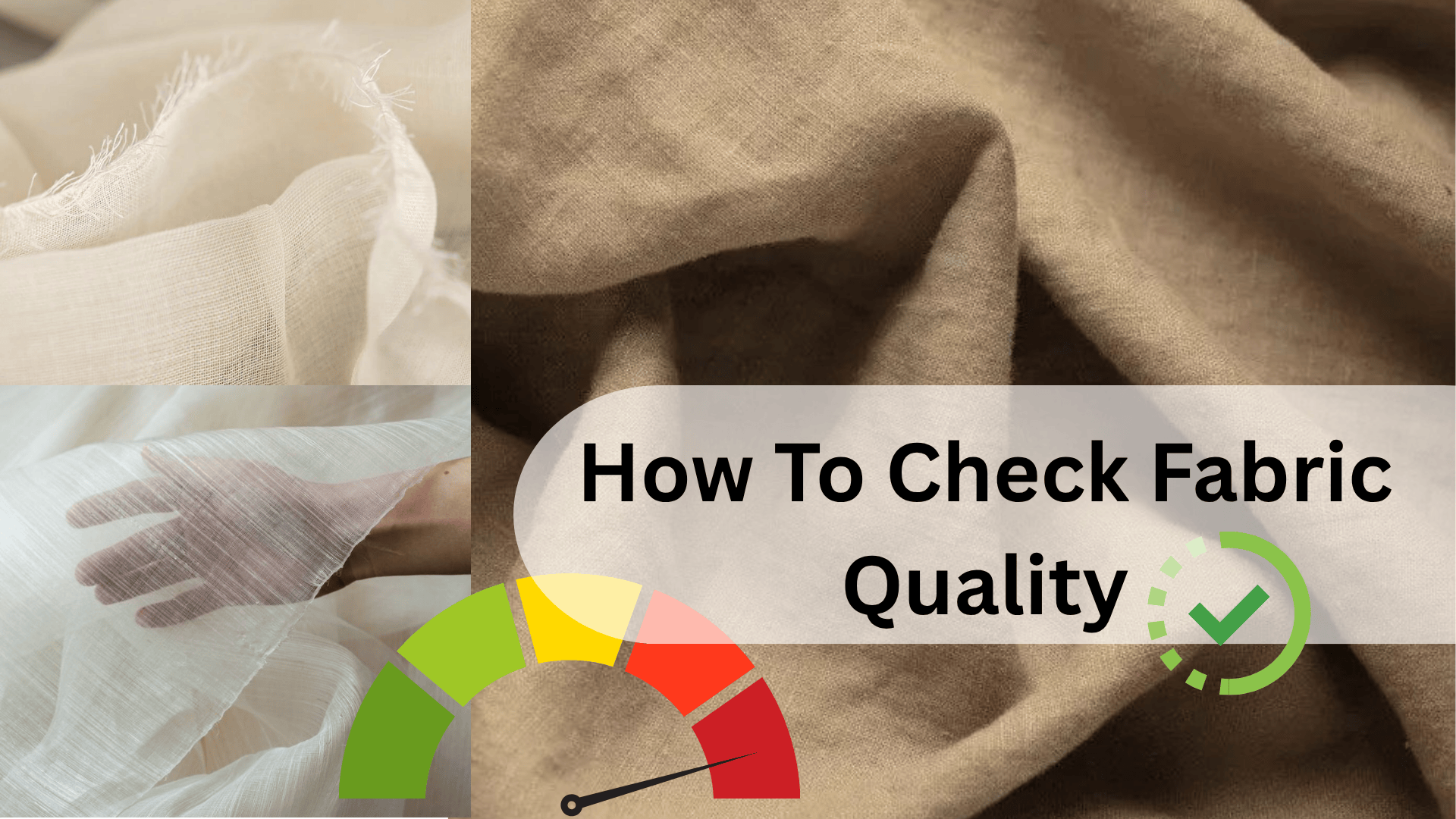
7 visual cues to identify fabric quality instantly
